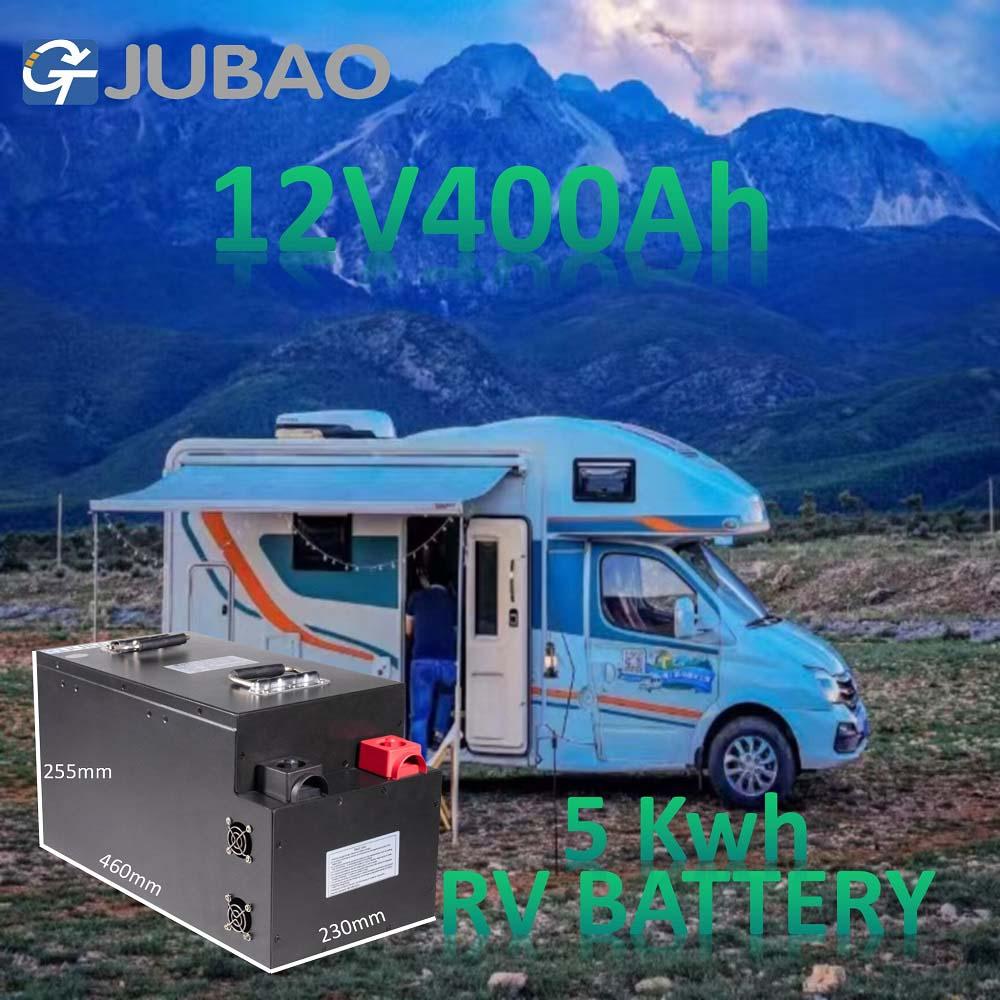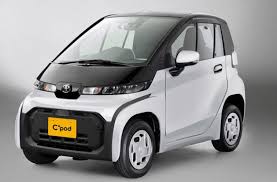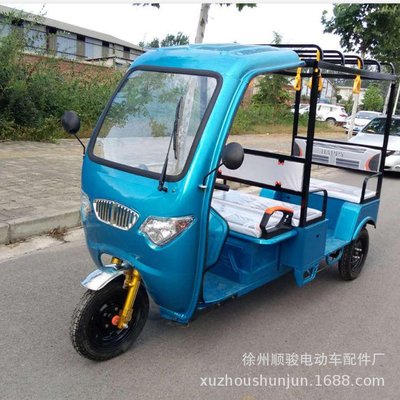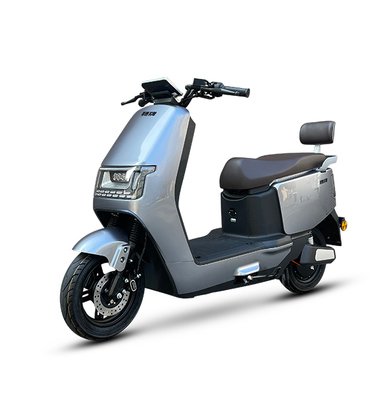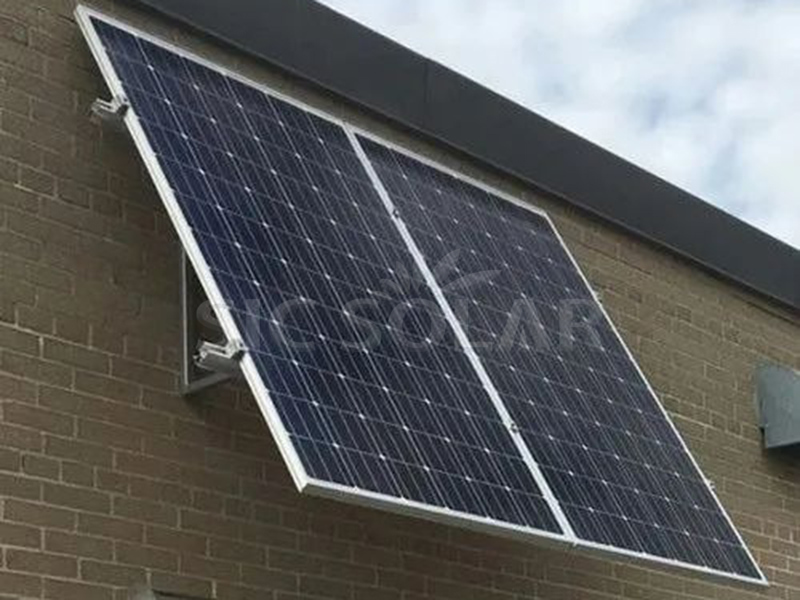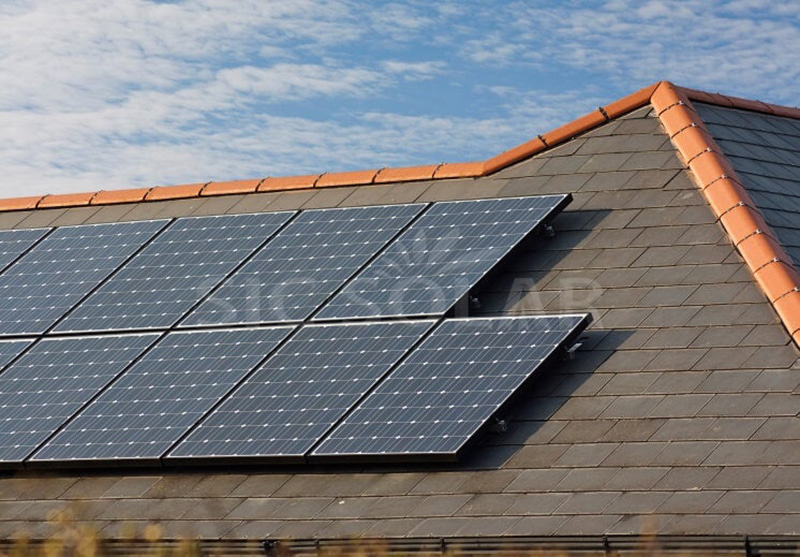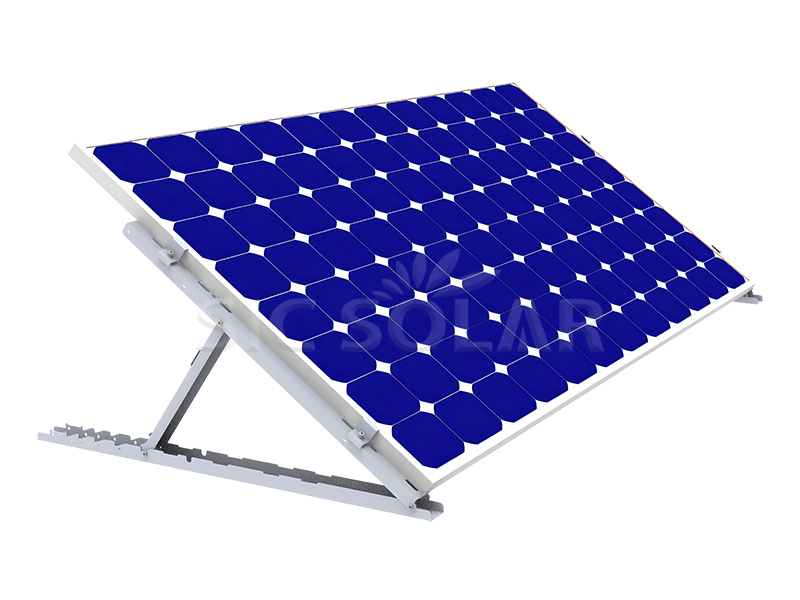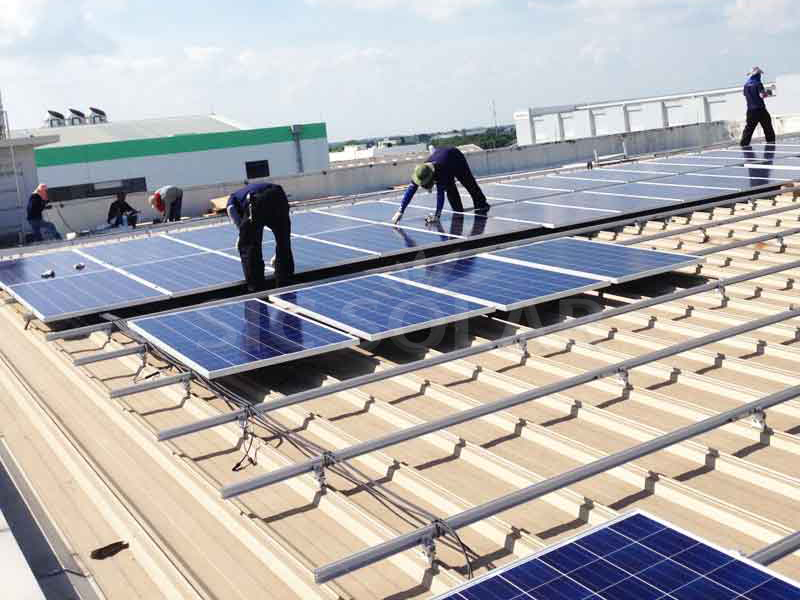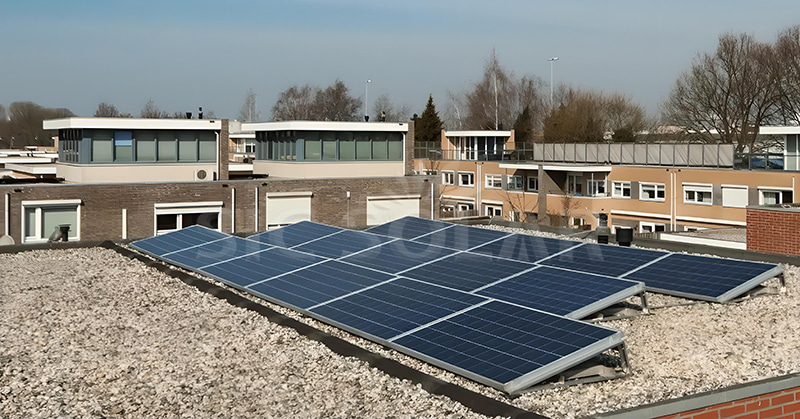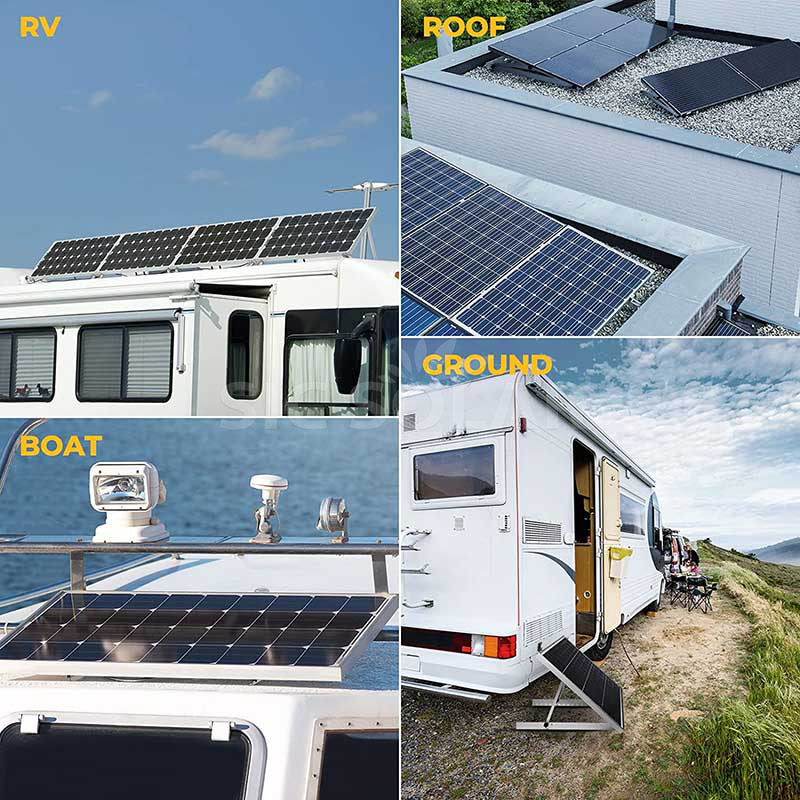Securing solar panel wires is a critical aspect of any solar installation. Properly managing and protecting these wires not only ensures the safety and longevity of the system but also helps maintain a clean and organized appearance. Loose or improperly secured wiring can lead to inefficiencies, damage, or even hazards.
Why Is It Important to Secure Solar Panel Wires?
Solar panels rely on wiring to connect to an inverter, batteries, or directly to the grid. Properly secured wires ensure smooth power transmission from the panels to where it’s needed, while also protecting the wiring from environmental factors like wind, rain, and UV exposure.
Poorly managed wiring can result in several issues:
- Safety Hazards: Loose wires can pose a fire risk, especially in high-wind or storm-prone areas.
- Reduced Efficiency: Exposed or damaged wires can lead to energy losses.
- Aesthetic and Maintenance Issues: Tangled or visible wiring can be unsightly and make future maintenance more difficult.
By following best practices, you can ensure a secure, efficient, and long-lasting solar installation.
Tools and Materials Needed to Secure Solar Wires
Before securing solar panel wires, it’s essential to gather the right tools and materials:
- Zip ties or cable ties
- Wire clips
- Wire management trays or channels
- Weather-resistant conduit (for extra protection)
- Screwdriver or drill
- Measuring tape
- Wire strippers
- SIC Solar mounting systems (for securing panels and wires effectively)
Step-by-Step Guide to Securing Solar Panel Wires
1. Plan Your Wire Path
The first step is to plan the route that the wires will take from the solar panels to the inverter or electrical panel. This route should minimize the length of exposed wiring while avoiding sharp bends or tight corners that could damage the wires over time.
- Try to keep wiring as hidden and tidy as possible by routing it along the mounting racks or under the solar panels.
- Consider the placement of your inverter or charge controller to reduce the overall wire run and minimize voltage loss.
2. Use Cable Ties or Zip Ties
Once the wire path is planned, the next step is to secure the wires using cable ties or zip ties. Cable ties are inexpensive and easy to use, providing a quick way to keep wires bundled together and fastened to the solar panel racking system.
- Fasten the cables to the mounting rails at regular intervals, ensuring that the wires are not too tight to avoid stress on the insulation.
- Leave some slack in the wires to account for thermal expansion and movement, but not enough for the wires to sag or dangle.
3. Install Wire Clips or Clamps
Wire clips or clamps can be used to provide additional security, especially on larger solar installations. These clips are designed to attach the wires to the mounting structure, preventing them from moving or rubbing against sharp edges.
- Use weather-resistant clips to ensure longevity in outdoor environments.
- Make sure that the clips or clamps are evenly spaced and that no wires are left loose or hanging.
- SIC Solar's photovoltaic mounting systems are designed with integrated wire management options, making it easy to route and secure cables directly on the frame or racking structure.

4. Use Conduit for Extra Protection
In some cases, particularly where wires are exposed to harsh weather conditions or in areas prone to wildlife interference, it’s a good idea to place wires inside weather-resistant conduit. Conduits provide extra protection against physical damage, UV rays, and water ingress.
- Install conduits in any area where wires need to cross open spaces, or when the wires are exposed to the elements.
- Use waterproof conduit connectors and fittings to ensure the system remains sealed and protected.
5. Secure Wires Under Solar Panels
For a cleaner installation and added protection, secure wires underneath the solar panels. This not only protects the wires from direct sunlight but also hides them from view, giving the installation a more streamlined appearance.
- Attach wires to the underside of the panel frames using clips, ties, or channels specifically designed for wire management.
- Be cautious not to pinch or bend the wires too sharply when securing them under the panels.
6. Organize Wires at the Inverter or Junction Box
Once the wires reach the inverter, charge controller, or junction box, it's essential to keep this area tidy as well. Bundle the wires neatly using cable ties or wire organizers to ensure that the area remains organized and easy to work with for future maintenance.
- Avoid crossing wires unnecessarily, and label them to make it easier to identify connections if troubleshooting is needed.
7. Perform a Final Inspection
After securing the wires, it’s essential to perform a final inspection of the entire system to ensure that:
- All wires are tightly secured and free of unnecessary tension or bending.
- There are no exposed sections of wire insulation that could become damaged by UV rays, wind, or wildlife.
- The wire runs are clean and organized, minimizing the risk of tangling or interference.
How SIC Solar Mounting Systems Enhance Wire Security
SIC Solar, a leading manufacturer of photovoltaic mounting systems, offers advanced solutions that help installers securely and efficiently manage solar panel wiring. Their mounting systems are designed to accommodate various wire management options, ensuring that wires can be safely routed along the mounting structure.
Some of the benefits of using SIC Solar systems for wire management include:
- Built-In Wire Channels: Many of SIC Solar mounting products come with built-in wire channels, allowing installers to easily secure and conceal wiring without the need for additional components.
- Durable and Weather-Resistant Materials: SIC Solar systems are built to withstand harsh weather conditions, protecting both the panels and the wiring from exposure and damage.
- Efficient Design: With a focus on ease of installation, SIC Solar products streamline the wiring process, reducing installation time while improving safety and appearance.
By incorporating SIC Solar high-quality mounting systems into your solar project, you can enhance the security and longevity of your installation, ensuring that all wires are properly managed and protected.
